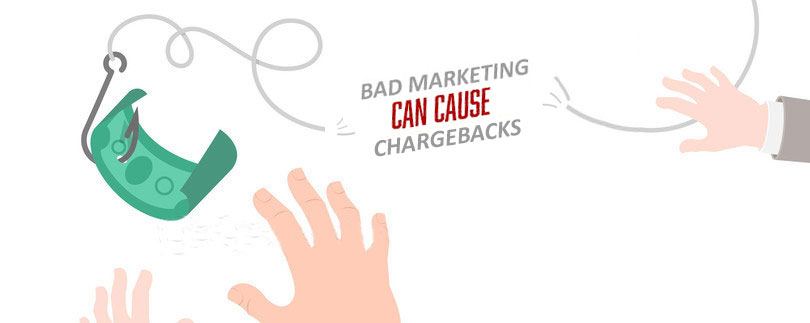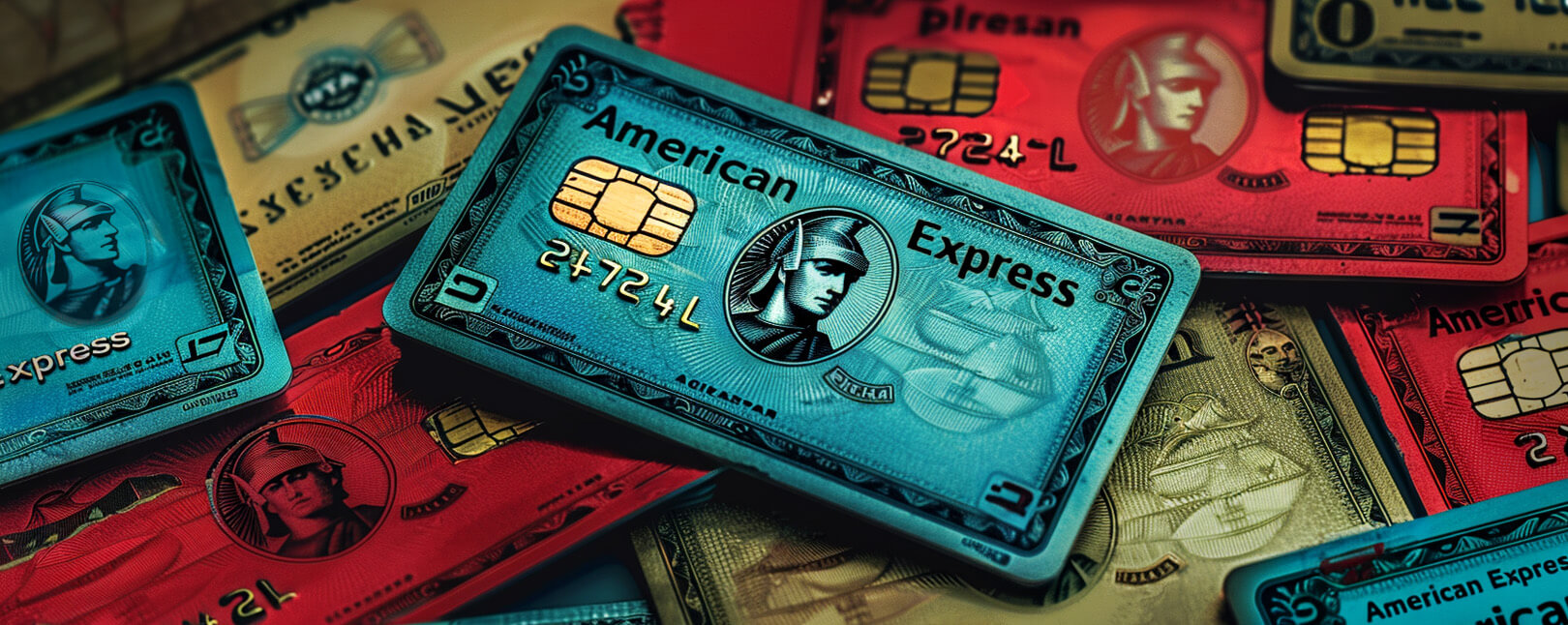When Your Marketing Causes Chargebacks
Marketing is an essential element for any business's success, but an ineffective tactic can just as easily become a liability instead of an asset. It's important for businesses to understand how bad marketing causes chargebacks and revenue loss.
Your Marketing and Chargebacks
No matter if it's card-linked marketing gone wrong, or a textbook case of affiliate fraud: chargebacks can result from a variety of consumer-merchant interactions. When it comes time to implement chargeback prevention tactics, analyzing a marketing campaign may seem like a trivial task. After all, how much of an impact can marketing really have on chargebacks?!
The most effective chargeback reduction plans utilize an all-encompassing approach that includes understanding how marketing causes chargebacks. The more comprehensive the effort, the more revenue will be retained.
 1. Service and Product Descriptions
1. Service and Product Descriptions
When customers are shopping online, it is absolutely essential for them to have access to useful, realistic product and service descriptions.
In the card-present realm of commerce, consumers have the chance to handle the product. For card-not-present transactions, merchants need to be the shopper's eyes and ears. The merchant needs to provide all the information consumers would be able to gather themselves during a brick-and-mortar shopping experience.
Depending on the product being sold, merchants should include as much detail as possible, anything that will help the customer make an informed decision.
- Size
- Weight
- Materials
- Care instructions
- Power usage
- Color options
Product and service descriptions need to be detailed, yet concise. This isn't the place for merchants to wow the consumer with technical jargon or overwhelming information.
Photographs of the product should be taken from several angles and be high-resolution. Service demonstration videos should be accurate and realistic.
Merchants shouldn't leave any details to the customer's imagination. If the product does not live up to the shopper's expectations, a chargeback will be filed.
 2. Contact Information
2. Contact Information
Obviously, a quality marketing campaign advertises the business's products and services. However, it is also a crucial branding effort. The consumer should learn just as much about the business itself as the things available for purchase.
Not only is this useful for developing a trusting relationship with customers, it is a crucial step if merchants would like customers to contact them instead of the bank. Merchants are constantly competing with issuers. Which entity provides the best customer service and easiest refunds?
Boldly advertise the business's contact information. Share the details everywhere a consumer might look:
- Merchant's website
- Industry directories
- Printed marketing materials
- Sales receipts
- Delivery receipts
- Order confirmation emails
At the very least, the website needs to share basic contact information on each page of the site (email address and phone number). Ideally, the business's marketing efforts would go one step further and include a detailed contact page.
Share as much information as possible:
- Local and toll free phone number
- Email address
- Physical address
- Map and GPS coordinates
- Department-specific information
- Team members' names and titles
Once the merchant has shared the business's contact information far and wide, it is time to consider options that will improve customer service. Even if the marketing team creates a great contact page, it will do no good if incoming phone calls and emails go unanswered.
 3.Policy Page
3.Policy Page
The policy page outlines refund guidelines and other technicalities. Not every customer is eager for this information from the get-go. But customers who are unhappy with their order and would like to make a return will be very interested in this page later on.
As such, merchants must make sure the policy page is well-organized, written in plain English, and is easy to find.
Good places to link to the policy page include on every product description page and in every confirmation email.
 4. Accurate Timeline
4. Accurate Timeline
Customers all want fast service. It's natural for merchants to try to offer the quickest service possible and advertise how speedy they are.
However, merchants can't make unrealistic claims. If the customer expects the product by next Wednesday, the product better be there by next Wednesday. Chargebacks categorized as "services not provided or merchandise not received" are popular; merchants shouldn't incentivize this reason code by misleading the customer about the anticipated arrival date.
Prevent chargebacks by providing a reasonable timeline and honoring it. Merchants can also send customers automatic email updates to let them know the order was successfully placed and when the order is shipped. If customers have this reassurance that their purchase is en route, they are far less likely to file a chargeback.
Likewise, marketing causes chargebacks when it builds premature suspense. Don't advertise a product or service launch until it is really ready to roll out.
 5. Social Media
5. Social Media
Bad social media marketing causes chargebacks--just like any other type of marketing.
Businesses often view social media primarily as a mode of marketing. However, consumers use social media to communicate. Merchants need to regularly check all social networks and promptly reply to consumer queries.
If customers aren't acknowledged, they'll be forced to file a chargeback.
An active social media presence helps prevent chargebacks in other ways too. If merchants address customers' grievances in a public forum, they build credibility for the business.
However, if merchants make promises that don't get fulfilled or ignore customers entirely, the business will find social media and chargebacks have a stronger correlation than first assumed. A bad experience with one customer is likely to spur a chargeback from another. Once the merchant's reputation has been damaged, it's easy for consumers to assume the worst.
[Tweet "It might sound strange, but your marketing efforts CAN influence chargeback rates."]Reducing the Risk of Chargebacks
If the business's marketing causes chargebacks, the problem is relatively easy to fix. Creating a marketing campaign that is flattering, yet honest, is the first step to reducing the risk of chargebacks.
If you think your marketing efforts might be leading to chargebacks, let us help. We will review your current chargeback situation and calculate how much more you could earn by making a few simple changes. Contact us today!











